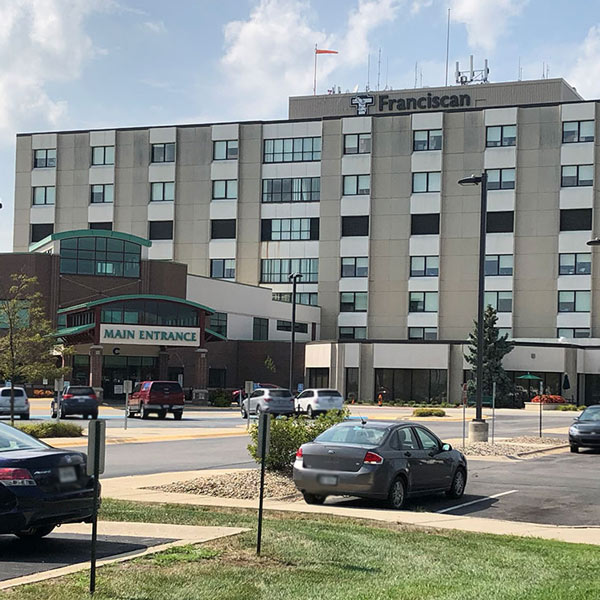About This Procedure
During this procedure, the patient or donor is connected to the apheresis machine and a needle is inserted into a vein in each arm. Blood is then withdrawn from one arm, processed through the machine - which extracts the stem cells - before the remaining components are returned to the donor through the other arm. To collect enough stem cells, the apheresis process must be performed for at least two consecutive days, although five or more procedures may be necessary. Each apheresis procedure takes from three to four hours.
When a patient donates his or her own stem cells, this process is performed using a central venous catheter, which has two lumens (two tubes within one catheter). Occasionally, the veins of a donor are difficult enough to access that a temporary pheresis catheter in the chest or groin is necessary.
Possible complications include: bleeding at the needle sites, clotting in blood vessels used for collection (thrombosis) or surgical complications if a temporary apheresis catheter needs to be inserted. Since the procedure involves penetrating the skin, and open access to blood vessels, infection is always a risk.
Patients may experience some lightheadedness, numbness or tingling of the nose, lips, or fingers, but symptoms are short-lived and easily treatable.
Why use peripheral blood stem cells
Sometimes peripheral blood stem cells add to the stem cells collected from a bone marrow harvest; other times, a patient's bone marrow may be contaminated with cancerous cells. In this instance, peripheral blood stem cells are used in the hope that they are not similarly contaminated. Additionally, prior radiation to the pelvic area, or chemotherapy, sometimes reduces the number of stem cells available for bone marrow harvest.
More stem cells can often be collected from the peripheral blood than from the bone marrow. As a result, blood count recovery is faster after a peripheral blood stem cell transplant than after a bone marrow transplant. This faster recovery translates into a lower risk for the transplant and fewer complications.
Peripheral blood stem cells can be collected without the use of general anesthesia. The procedure is usually performed on an outpatient basis with little or no discomfort during or after the collection.
What is apheresis?
Apheresis is the process of extracting blood components from the peripheral blood with the help of an apheresis machine. This machine separates blood into its components based on weight. The machine can be used to obtain plasma (the liquid of the blood), platelets or white blood cells.




